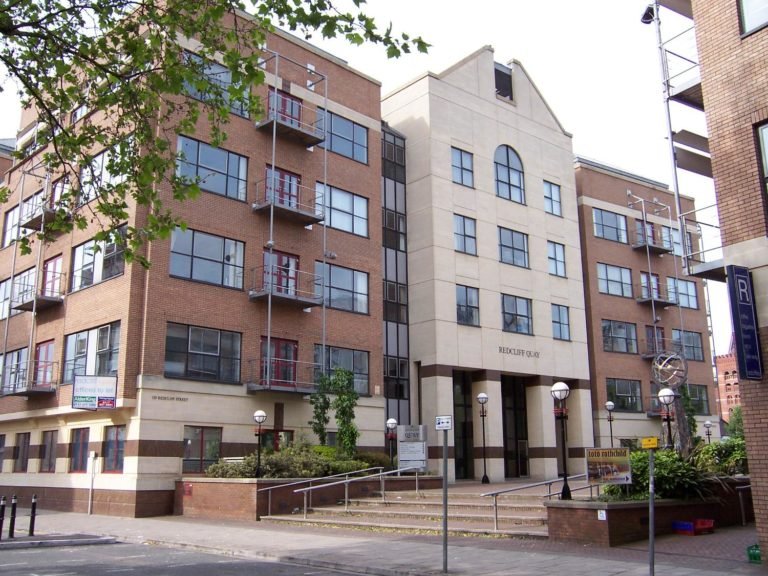Semiotics in design: how inauthenticity is becoming the new ‘Authenticity’
We recently saw that a UK insurance company, Sun Life, have moved into new offices. From the outside, the offices are an all too standard block in a redeveloped part of Bristol. So far, so what?
Inside, it’s a different story. Interior designers have replaced standard plaster walls with unfinished brick. Distressed armchairs populate breakout areas. The kitchen area features mismatched chairs and communal tables.
What does this tell us? Why does the office of what might once have been considered an archetype ‘boring’ employer need to look like a Shoreditch hipster cafe?
Well, the average age of the company’s employees is, we understand, 26. and let’s face it, the offices look pretty cool. And it’s all about attracting and keeping talent. But why is this look now becoming the universal marker of something worthwhile, something ‘Authentic’, be it a beer, a flat white or a career?
It’s a look that established itself rapidly. For the initial bars and cafes opened by trend leaders, this look had the profound advantage of being cheap – no expensive refurb, and the place can be furnished on pickings from auctions and second-hand shops. The message, the semiotics in design, was that all the work and the money was in the products on sale, not the decor. No shiny marketing artifice here!
It’s a different story when it comes to completely relining a modern office with expensive retro bricks (just think about that cost versus a plaster skim and a coat of white emulsion). This is a big investment in employee satisfaction (kudos to Sun Life). And of course it’s a completely artificial construction of Authenticity – as inauthentic as you can get. So why would an employer think it’s worth it?
We have blogged frequently on how the profound desire for authenticity from consumers is driven in large part by long term uncertainty about the future. With the majority in the UK expecting their children to be worse off than themselves*, it’s no wonder we see a loss of faith in the institutions that were supposed to deliver a better future – government, big corporates and other establishment players. People are consciously or unconsciously looking for the assurance of quality and of appropriate values – intrinsics they can feel, hold, taste – rather than slick promises of big corporates. They describe this as ‘Authenticity’ and this major shift in culture is evidence of the importance we should place on semiotics in design.
And it’s also no surprise that the past looks like an attractive place compared to an insecure future – hence the rise of retro styling and the return of vinyl, Filofaxes and instant cameras.
What is interesting to us is how the coding of leisure – the semiotics in design of coffee shops and bars – has combined with the default language of Authenticity to creep into all areas of life as a way of saying ‘you can trust us’ and ‘this is worthwhile’. And we love the irony that is being created artificially, as inauthentic as a Disneyland castle or a Las Vegas pyramid. It is just as unreal as the vision of the perfect future that was an equally dominant code in more optimistic times
But just because the new Authenticity is inauthentic, it doesn’t mean that people don’t love it. Perfectly in tune with the times, it is authenticity with all the rough edges filed away, retro with wifi and decent coffee. In these insecure times, the place we all seem to want to be is in a bubble
*Pew Research 2017
Photo credit: Interaction



